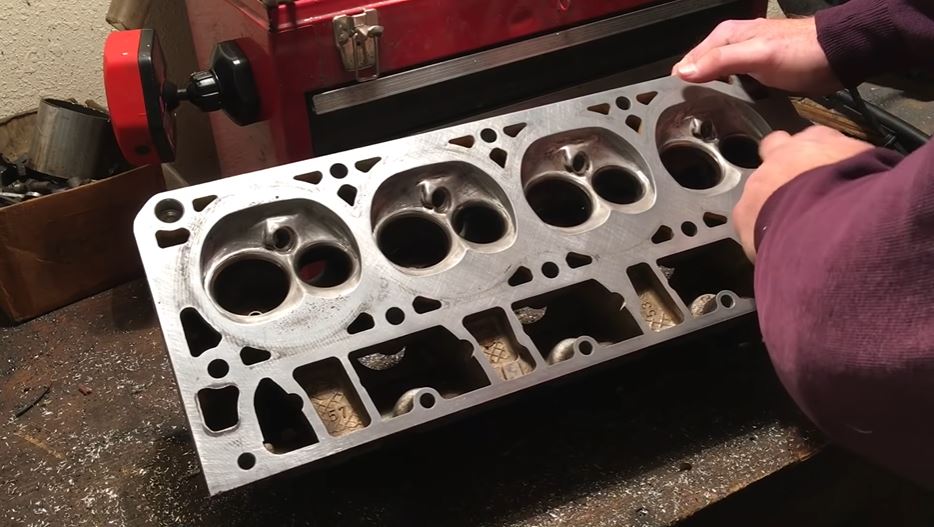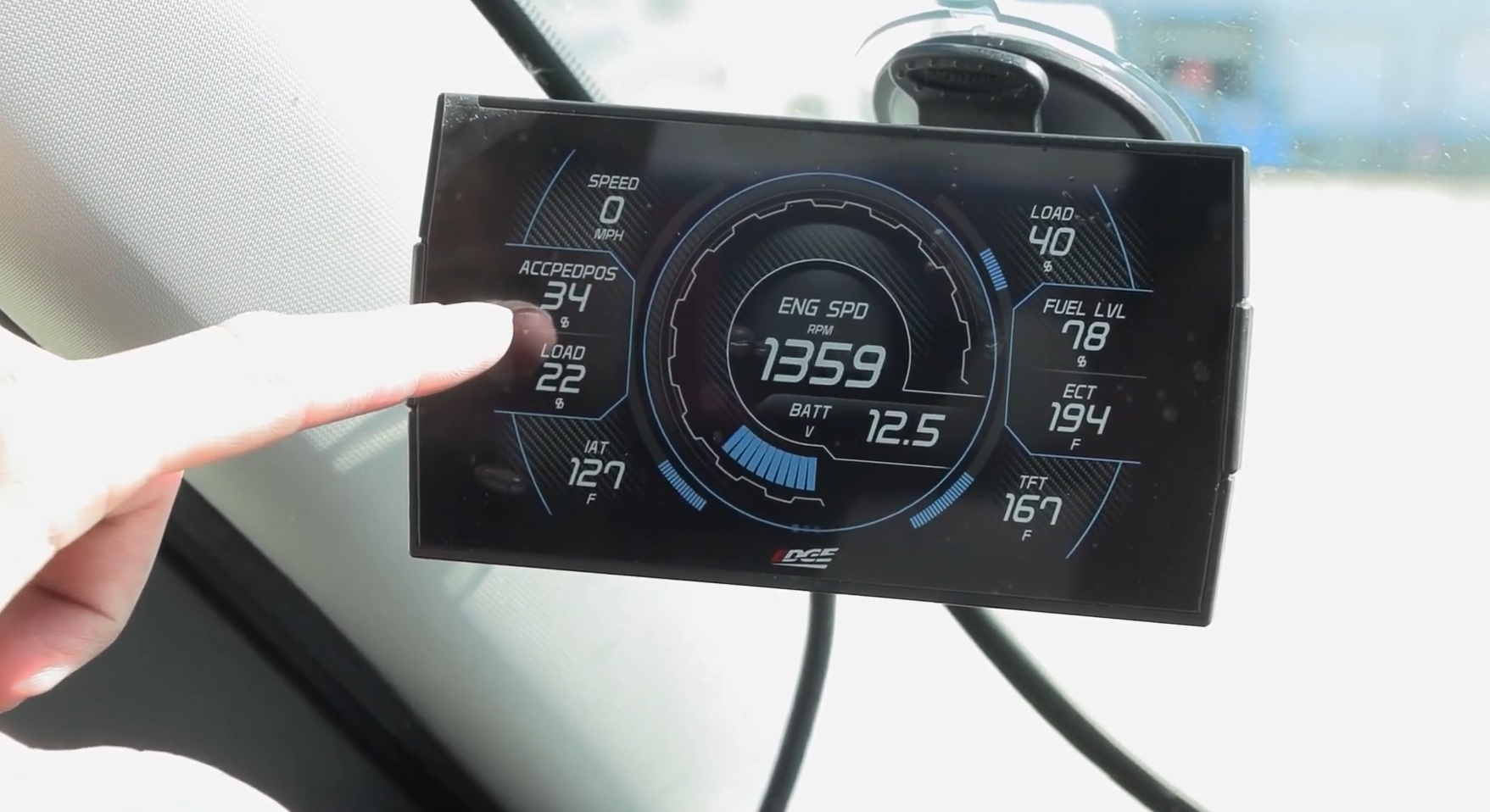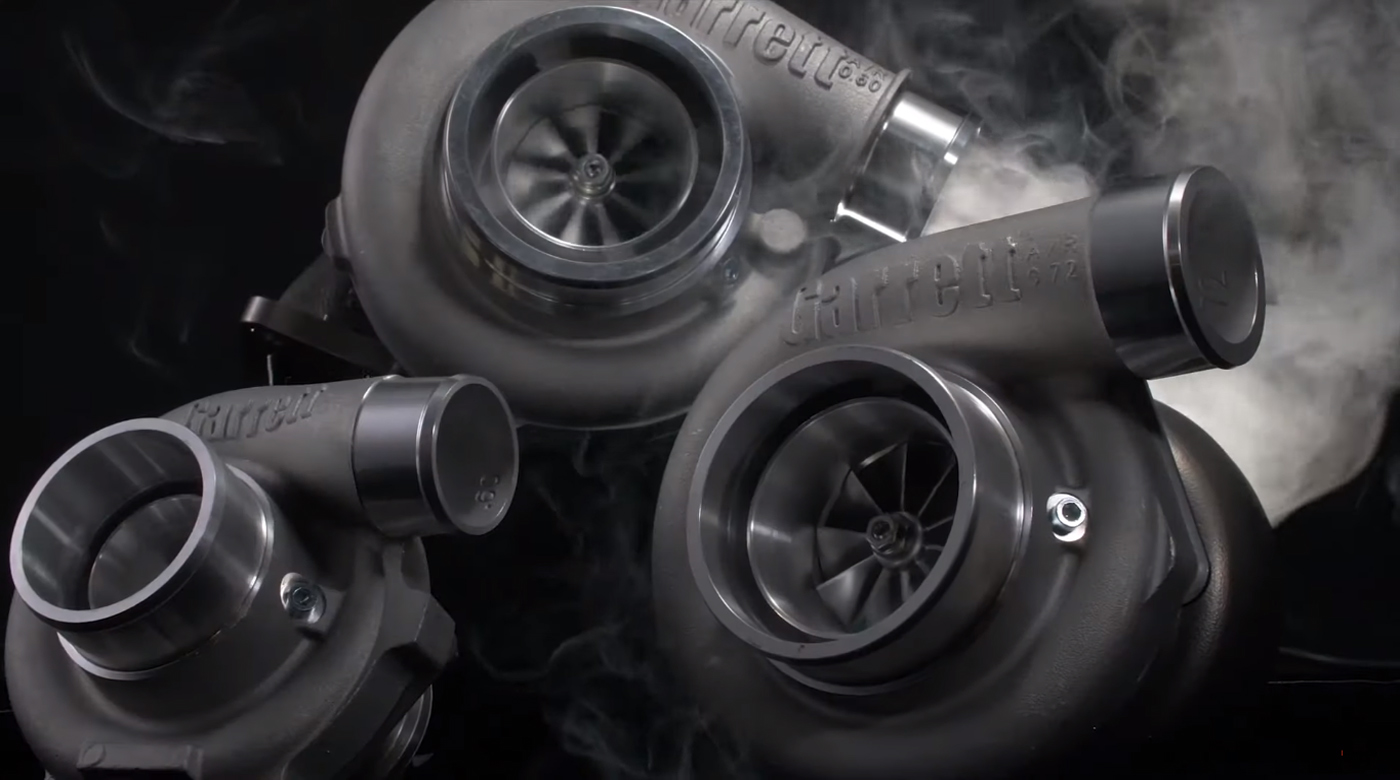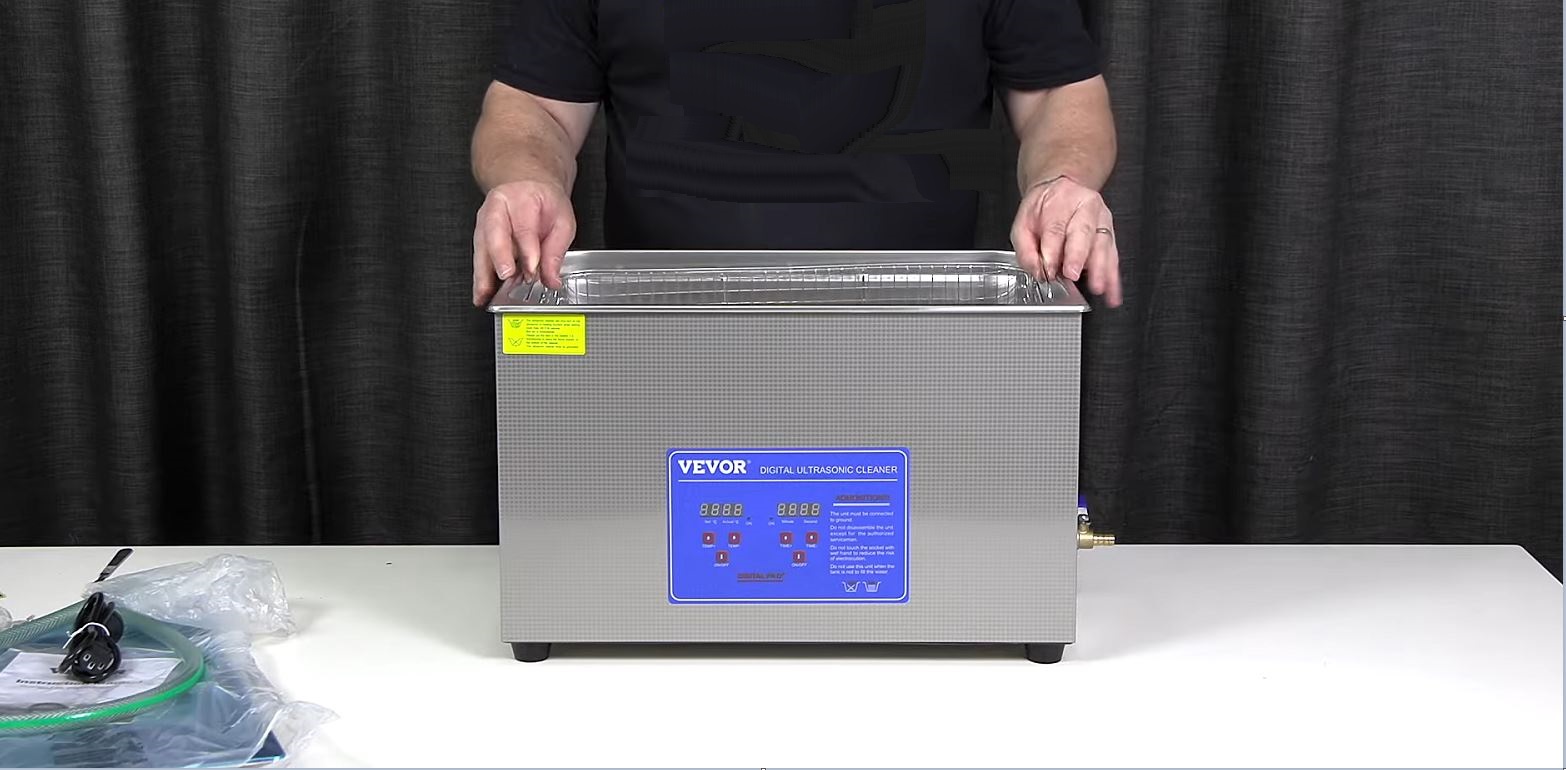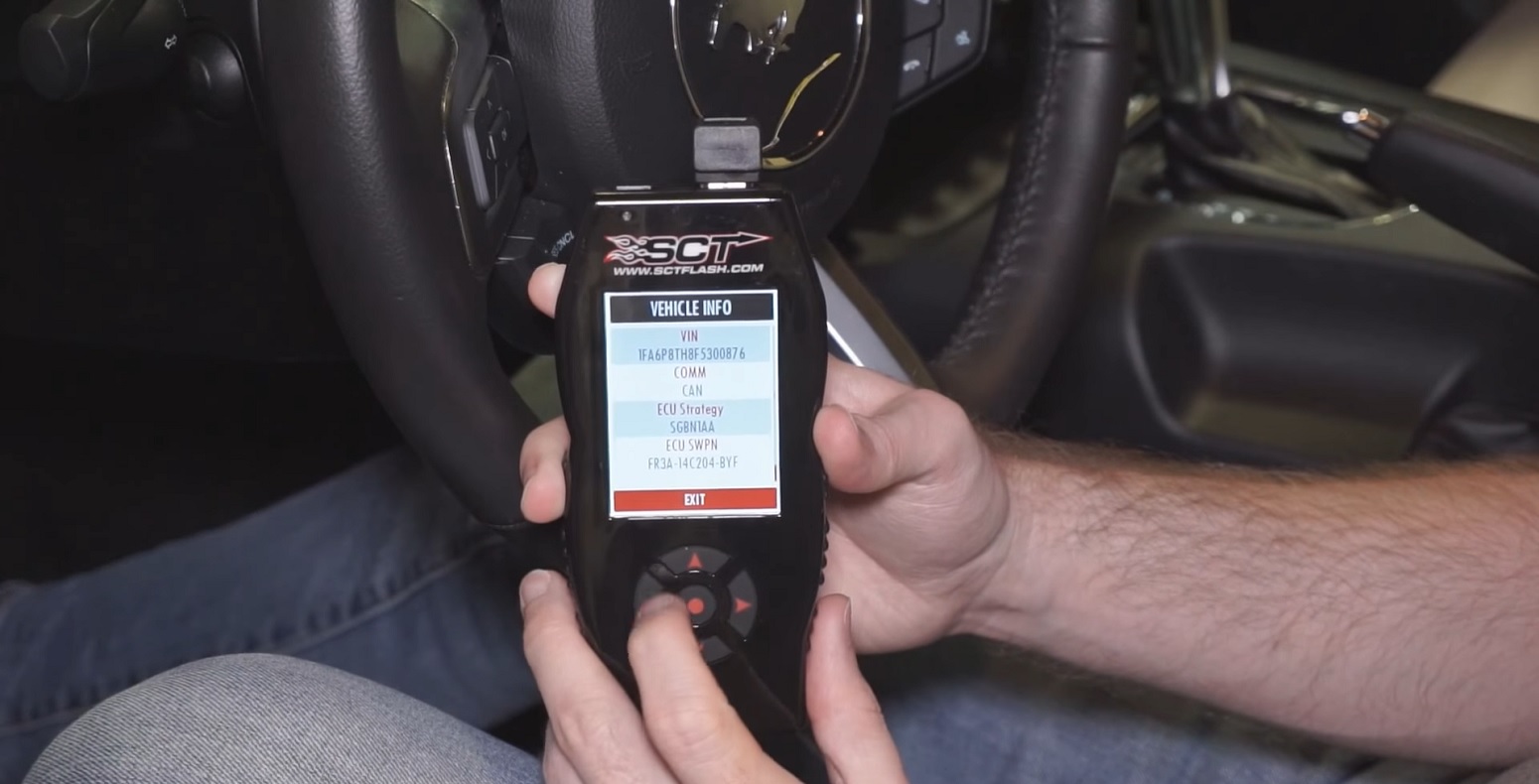
SCT’s BDX and X4 custom handheld tuners have long been quite a hot topic in car modding. After all, nothing beats the ease of tweaking your vehicle’s performance settings in a few simple taps. But do they differ in any way? [Read more…] about SCT BDX vs X4 Tuner – Which One Is the Real Powerhouse?
